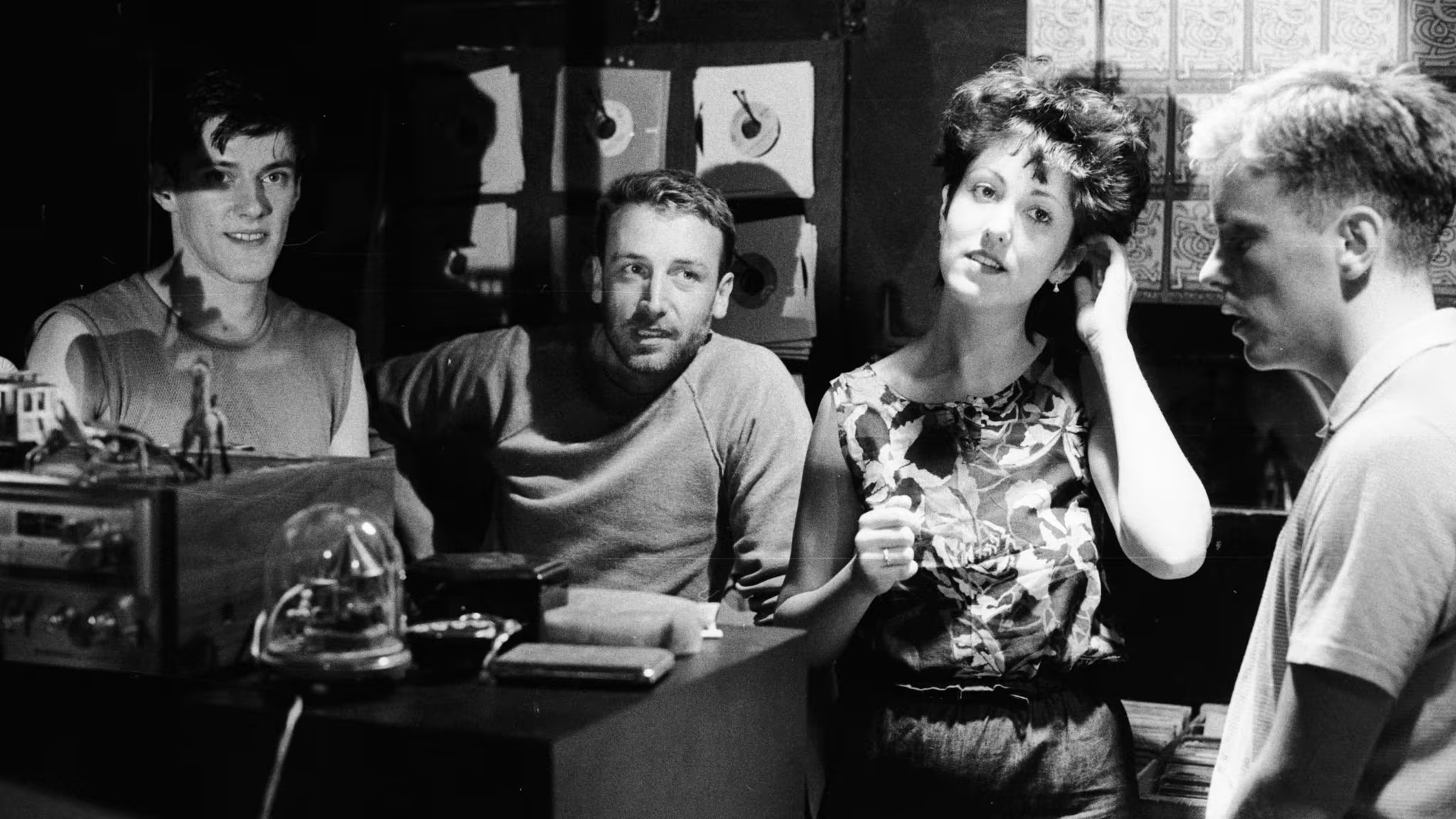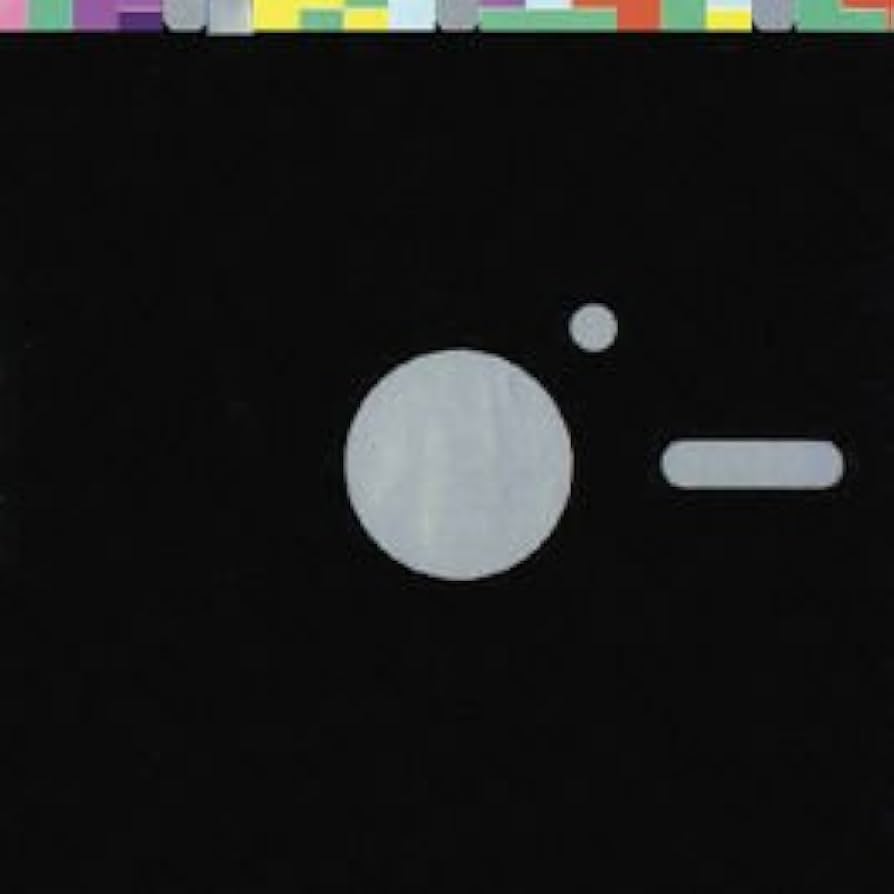Song Stories: New Order: Blue Monday
"Blue Monday" was a real watershed moment for British music, released by New Order in 1983, the genre defining track not only revolutionized dance music but also left an indelible mark on pop culture. It’s a song that continues to resonate decades after its release, standing as a timeless testament to the band’s innovation and a symbol of the changing tides in the music industry.
After the tragic death of Joy Division's lead singer Ian Curtis in 1980, the remaining band members—Bernard Sumner, Peter Hook, and Stephen Morris needed to decide what to do next. Whether to continue with music all together, the three members left behind Joy Division and with Gillian Gilbert joining on keyboards and guitar, they formed New Order.
The bands sound evolved, moving from the dark, post-punk atmosphere of Joy Division to something new, blending rock with the burgeoning electronic music scene of the early 80s.
"Blue Monday" emerged from this period of experimentation. Written and produced by the band, it was the result of their deepening interest in electronic music, inspired by pioneering acts like Kraftwerk and Giorgio Moroder. The track fused their post-punk roots with the innovative use of drum machines, sequencers, and synthesizers, creating something entirely unique.

At first listen, "Blue Monday" stands out for its minimalist, mechanical beats, which were groundbreaking at the time. This is dance music in it's most skeletal form, written and recorded by a band who weren't sure what exactly they were doing. The iconic opening is driven by the relentless thud of a drum machine, soon followed by layers of pulsating synthesizers, a deep bassline, and Bernard Sumner's detached, almost robotic vocals.
What’s remarkable about "Blue Monday" is that it defies conventional song structures. With a length of over seven minutes, it lacks a typical chorus, building instead around a hypnotic progression that gradually unfolds. Despite this non standard formula to creating a song, the song became a hit at the time, and has become one of the most important records of it's era.
It remains the best-selling 12-inch single of all time, a format choice that emphasized the song’s dance-floor appeal. The single gained immense popularity in clubs, helping to blur the lines between rock, dance, and electronic music.
The song’s influence extended beyond the music scene. Its iconic floppy-disc-inspired cover design, created by Peter Saville, became a visual symbol of the 1980s, representing the intersection of technology and art. The design featured no band name or song title, just a cryptic set of colored code blocks, which many fans didn’t immediately realize was an encoding of the title and catalog number. Catalog numbers were used by Factory Records to add meaning to items. Blue Monday is catalog number FAC-73.

It has been said that due to the design of the sleeve, that Factory Records lost money on every copy that was sold. The intricate design, with its die-cut holes and the use of custom colors and matte finishes, cost far more than a typical sleeve. Factory Records, the independent label to which New Order was signed, didn’t seem to anticipate just how much demand there would be for the single or how expensive that demand would become.
Despite the loss of money, the sleeve for this record remains one of the most iconic pieces of album art ever, it symbolises not only an important musical moment, but an important moment in design and pop culture.
"Blue Monday" by New Order wasn’t just a hit single—it was a revolution in sound. By embracing electronic music while maintaining their post-punk edge, New Order crafted a song that still feels ahead of its time. It represents a turning point in the history of popular music, forever changing the way we think about genres, technology, and what a "pop song" can be.
This song still sounds fresh and modern, and it paved the way for New Order's career, the band left Joy Division behind and took a huge step into uncharted territory.
Thanks for reading x
Jack